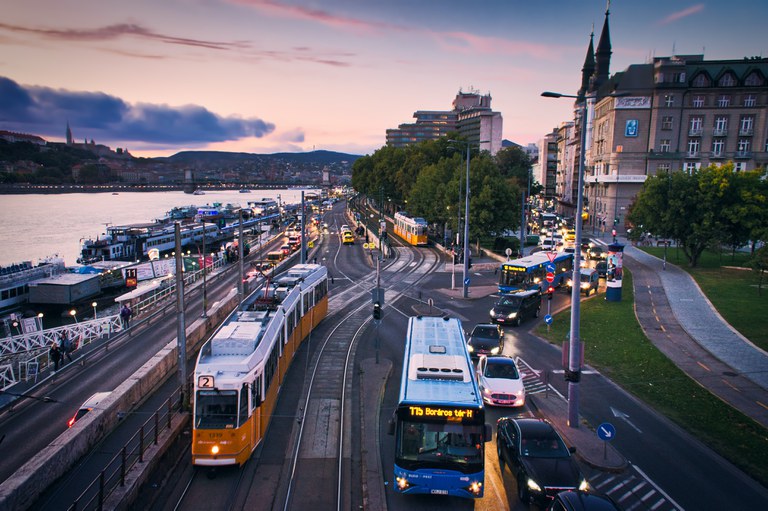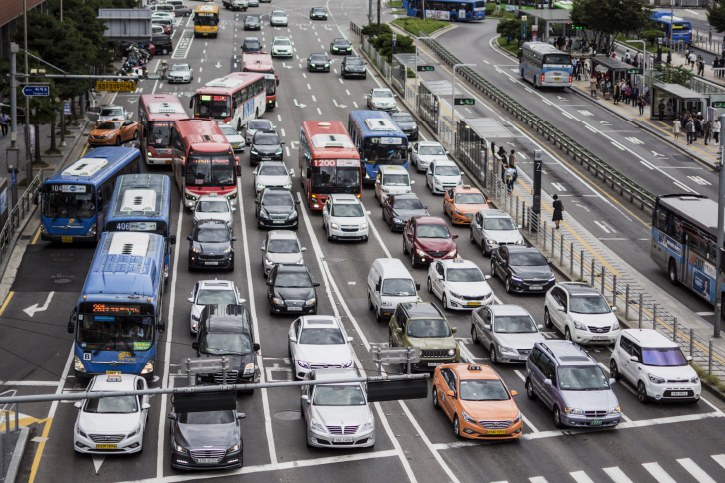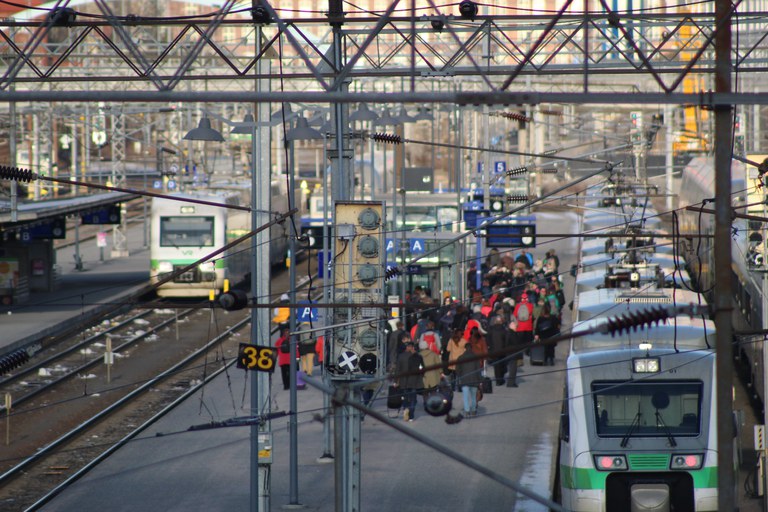Scenarios to Address Tenders and to Improve Decision Making
It tends to be the case that public transport companies are always evaluating changes and discovering new operational solutions.
The changes are constant because the network changes, there may be roads under construction, electric buses may join the fleet, there is a need to adapt schedules to different times of the year, or there may need to be met (schools class, marathons, events), and to keep the attractiveness of the service high, changes need to be tracked.
1. Tenders
In a tender scenario, usually, the goal is to define the planning of a new service to optimally and efficiently meet the demands of the tender.
Most often, tender scenarios focus on territories known to companies, but increasingly, competitiveness is driving operators to explore different opportunities and territories.
However, tenders have long lead times and are not always certain. There is little predictability as to when really the tender process and thus the commissioning of the new service can be completed, so scenarios can be defined as variable.

2. Simulations
As part of the ongoing search for optimized alternatives for improving business efficiency, public transport operators need to simulate new variations of timetables and schedules to meet passenger and union needs.
In these cases, normally the network does not vary so much but mainly to make the company tend towards new efficiency by identifying regulatory margins in compliance with corporate wellbeing strategies. Nowadays, the focus is on dealing with workforce shortages, particularly of drivers.
In simulations, the timeframe is medium to long because the process often has to go through bargaining in the union or with entities.
Also, in this case, the commissioning of the new service has timescales that cannot be defined in advance. But at the same time, the moment the agreement is achieved, commissioning must be rapid and tied to a specific date.
It is important to have service reporting with performance indicators: KPIs that provide at a glance the efficiency recoveries and the margin recovered through simulations.

3. Changes
It tends to be the case that most public transport companies are always evaluating changes and discovering new operational solutions to further optimize their operations planning.
The changes are constant because the network changes, there may be construction, electric vehicles may join the fleet, there is a need to adapt schedules to different times of the year, or there may need to be met (schools, marathons, events), and to keep the attractiveness of the service high, and changes need to be tracked.
How to handle all this?
The MAIOR Transit Scheduling Suite answer to these needs with “scenarios”, a powerful tool for managing data competitively and safely on a parallel environment. The scenario is an edited version of the service that contains network, schedule, duties, and project data.
Like a working draft, the scenario can be copied, duplicated, partially or entirely, worked on and reworked, maintaining a global and at the same time timely view of the service elements.
The powerful tools in the MAIOR Transit Scheduling Suite also allow for verification that there are no critical issues in the validation and promotion process, control of all changes, and traceability of everything that has been done up to the implementation. It is important, even sometimes after processing, to be able to govern the enactment of scenarios, thus enabling effective and secure service delivery, through tools that allow you to visualize and always have under control the data you are working on.
This enables timely change management without losing control of what is changing.


